universal design for learning pdf
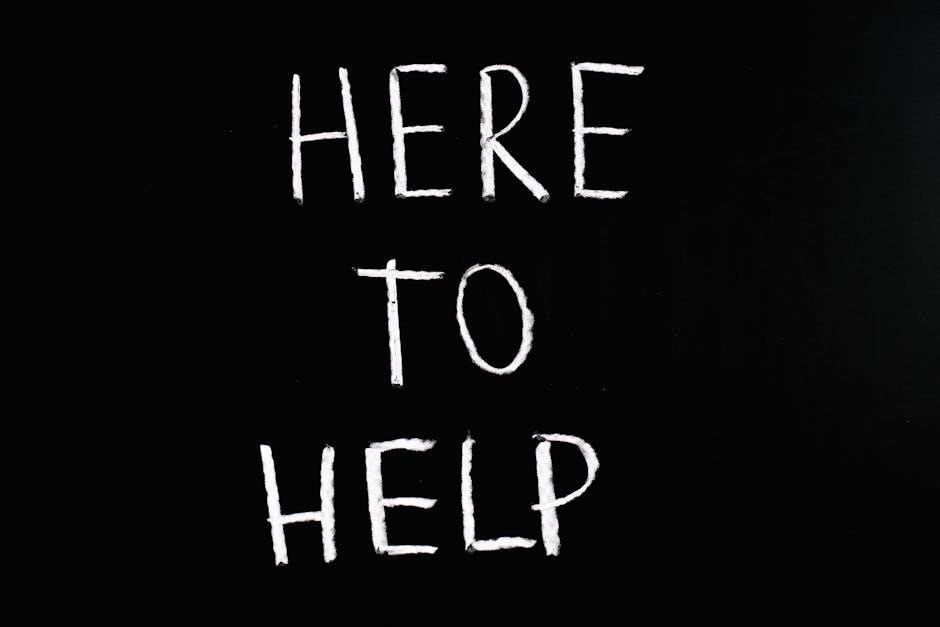
Universal Design for Learning (UDL) is a transformative educational framework that creates flexible learning environments to meet the diverse needs of all learners, fostering inclusivity and engagement through scientifically grounded principles.
Definition and Overview of UDL
Universal Design for Learning (UDL) is an educational framework that provides a set of principles for curriculum development. It aims to create learning environments that offer equal opportunities for all individuals. UDL emphasizes flexibility and inclusivity by addressing diverse learner needs through multiple means of engagement, representation, and expression. Rooted in cognitive neuroscience, UDL encourages educators to design instruction that activates learners’ networks for engagement, recognition, and strategy. This approach ensures that learning is accessible and effective for everyone, regardless of their abilities or learning style, fostering an inclusive and supportive educational experience.
Historical Background and Evolution of UDL
Universal Design for Learning (UDL) originated in the 1980s, drawing inspiration from universal design in architecture and advancements in cognitive neuroscience. Initially conceptualized by researchers at CAST, UDL emerged as a response to the diverse learning needs of students. The framework gained traction in the early 2000s, emphasizing flexible instructional designs to address variability in learning. Over time, UDL has evolved, integrating new technologies and research, becoming a cornerstone of inclusive education. Its evolution reflects a growing understanding of learner diversity and the need for adaptable educational practices that cater to all individuals, ensuring equitable learning opportunities.
Key Principles of UDL
Universal Design for Learning (UDL) is built on three core principles: engagement, representation, and action & expression. These principles provide multiple means to engage learners, present information, and allow for diverse expressions of knowledge. UDL emphasizes flexibility, ensuring that learning environments are inclusive and accessible to all; By offering varied ways to access content, interact with material, and demonstrate understanding, UDL addresses individual differences in learning. This approach fosters inclusivity, encouraging teachers to anticipate and address potential barriers. UDL’s framework activates learning networks in the brain, creating a more dynamic and effective educational experience for all students.
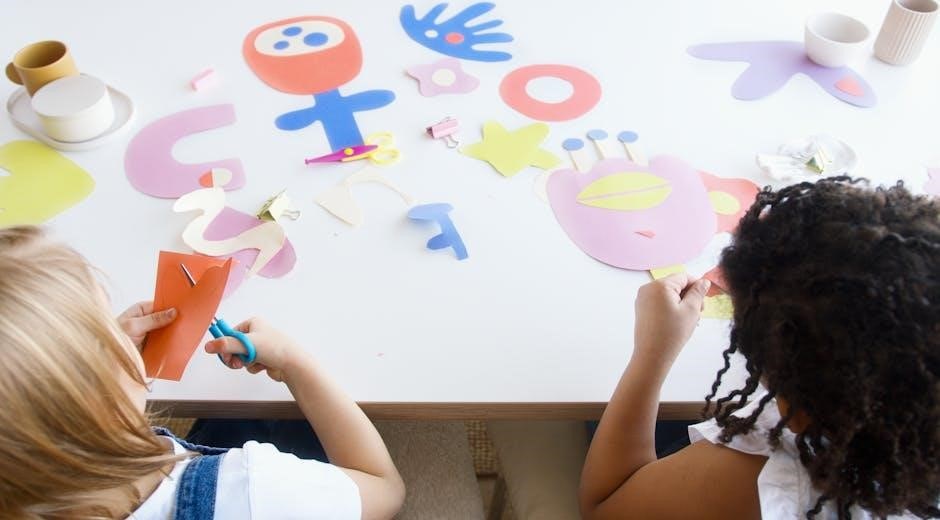
Theoretical Foundations of UDL
UDL’s theoretical foundation draws from cognitive neuroscience and design thinking, emphasizing brain-based learning and learner variability. It integrates research on how humans learn, creating adaptable frameworks for diverse needs.
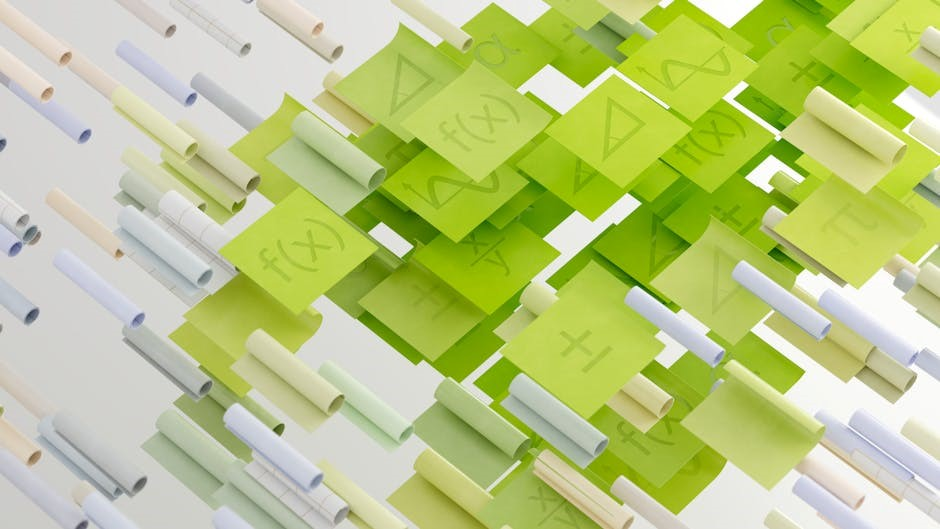
Cognitive Neuroscience and Learning
UDL is rooted in cognitive neuroscience, which explores how the brain processes information. It identifies three key networks: recognition (perceiving), strategic (planning), and affective (motivation). By understanding these networks, educators can design learning experiences that address individual differences. UDL’s multiple means of representation, action, and expression align with how the brain learns, ensuring accessibility for all learners. This neuroscientific foundation emphasizes flexibility, engagement, and meaningful connections, helping educators anticipate and address diverse learning needs effectively.
Design Thinking and Empathy in Education
Design thinking, a core component of UDL, emphasizes empathy to understand learners’ needs and perspectives. Educators use this approach to create inclusive environments, anticipating and addressing barriers. By empathizing with diverse learners, teachers can tailor strategies to engage, represent, and express content in varied ways. This human-centered process ensures learning is accessible and meaningful for all, fostering creativity and flexibility in teaching practices; UDL’s integration of design thinking encourages educators to innovate, making learning environments more responsive and effective for every student. This approach bridges the gap between teaching methods and individual learning needs.
Frameworks and Models Supporting UDL
The UDL framework, developed by CAST, is rooted in cognitive neuroscience, offering a structured approach to curriculum design. It provides multiple means of engagement, representation, and action, ensuring flexibility for diverse learners. UDL aligns with design thinking, emphasizing empathy to understand learner needs. The UDL Guidelines and the UDL-IRN Model further support educators in implementing these principles. These frameworks provide actionable strategies to create inclusive learning environments, ensuring all students can access and engage with content effectively. By leveraging these models, educators can design instruction that is adaptable, meaningful, and impactful for every learner.

Practical Applications of UDL
UDL offers educators strategies to design flexible learning environments, providing multiple means of engagement, representation, and expression to meet diverse student needs effectively and inclusively.
Curriculum Design and Implementation
UDL-based curriculum design emphasizes flexibility and accessibility, offering multiple pathways for learning. Educators craft goals, methods, and assessments that accommodate diverse learners, ensuring engagement and comprehension. By integrating varied materials and technologies, UDL promotes active participation and reduces barriers, fostering an inclusive environment where all students can thrive and achieve their full potential.
Engagement Strategies for Diverse Learners
UDL engagement strategies focus on activating learners’ interest and motivation by offering choices and connecting content to real-world experiences. Educators use varied stimuli, such as multimedia and interactive activities, to capture attention and promote deeper understanding. By fostering a sense of autonomy and relevance, these strategies ensure that diverse learners remain engaged, motivated, and invested in their educational journey, leading to more meaningful and sustained learning outcomes.
Multiple Means of Representation in Instruction
Multiple means of representation in UDL ensure that information is presented in various formats to cater to different learning preferences. This includes visual, auditory, and textual representations, allowing students to access content in ways that best suit their needs. By providing diverse formats, educators enhance comprehension and engagement, ensuring that no learner is excluded due to a single method of presentation. This principle emphasizes flexibility and accessibility, making learning materials adaptable to individual differences and promoting equity in education.
Action and Expression in Learning Activities
Action and expression in UDL focus on providing students with various ways to demonstrate their understanding and engage with content. This includes hands-on activities, written assignments, oral presentations, and digital submissions. By offering multiple avenues for expression, educators accommodate different learning styles and abilities, ensuring that all students can participate meaningfully. This principle encourages creativity and practical application, allowing learners to showcase their knowledge in ways that align with their strengths and preferences, thus promoting deeper engagement and more accurate assessment of their skills and understanding.

Benefits of Implementing UDL
UDL implementation enhances inclusivity, boosts accessibility, and improves learning outcomes for all students while fostering creativity and adaptability in educational settings;
Inclusivity and Accessibility in Education
Universal Design for Learning (UDL) fosters inclusivity by providing equal opportunities for all learners to engage, understand, and demonstrate their knowledge. By incorporating multiple means of engagement, representation, and action, UDL breaks down barriers related to disabilities, language, or cultural differences. It encourages educators to use empathy and design thinking to anticipate learner needs, ensuring accessible and responsive learning environments. UDL’s flexible instructional materials and technologies support diverse learners, making education accessible to everyone. This approach transforms education into an inclusive experience, empowering every learner to thrive and succeed.
Improved Learning Outcomes for All Students

Universal Design for Learning (UDL) enhances learning outcomes by providing tailored experiences that cater to diverse needs. By offering multiple means of engagement, representation, and expression, UDL activates students’ brain networks, optimizing comprehension and retention. This framework ensures that all learners, regardless of abilities or background, can access and master content. UDL’s emphasis on flexibility and personalization supports deeper understanding and higher achievement, fostering a more inclusive and effective learning environment that benefits every student. The result is improved academic performance and increased confidence, preparing students for long-term success.
Enhanced Teacher Flexibility and Creativity
Universal Design for Learning (UDL) empowers educators to adopt flexible and creative teaching strategies, catering to diverse student needs. By integrating multiple means of engagement, representation, and expression, teachers can innovate their approaches, ensuring accessibility and inclusivity; UDL encourages the use of varied resources, technologies, and instructional methods, allowing teachers to adapt their practices dynamically. This framework fosters a shift from a one-size-fits-all model to personalized learning experiences, enabling teachers to address individual differences effectively. Enhanced flexibility and creativity in teaching not only benefit students but also inspire educators to think beyond traditional methods, creating a more responsive and engaging learning environment.
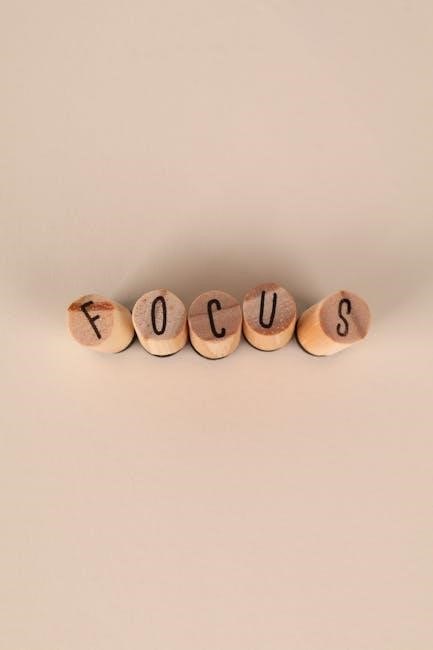
Tools and Resources for UDL
CAST’s UDL framework, design thinking methodologies, and assistive technologies provide educators with essential tools to create inclusive, flexible learning environments that cater to diverse student needs effectively.
Technological Tools to Support UDL
Technological tools like CAST’s UDL tools, Lumi, and Read&Write offer text-to-speech, word prediction, and interactive content, enabling personalized learning. Tools like NaturalReader and Google Classroom support diverse learning preferences. Additionally, platforms like Moodle and Canvas integrate UDL principles, providing flexible access to materials. Assistive technologies, such as speech-to-text software and screen readers, further enhance accessibility. These tools empower educators to design inclusive lessons, ensuring all learners can engage effectively, fostering an equitable educational environment.
Assistive Technologies for Diverse Learners
Assistive technologies are essential for supporting diverse learners in UDL environments. Tools like text-to-speech software, screen readers, and speech-to-text devices enable students with disabilities to access content independently. Applications such as Read&Write and NaturalReader provide reading support, while tools like Dragon NaturallySpeaking facilitate writing. These technologies help bridge learning gaps, ensuring equitable access to education. By integrating assistive technologies, educators can address individual needs, fostering inclusivity and empowering learners to achieve their full potential within the UDL framework.
UDL Frameworks and Guidelines for Educators
UDL frameworks and guidelines provide educators with structured approaches to designing inclusive learning environments. CAST’s UDL framework emphasizes engagement, representation, and action, offering practical strategies for curriculum design. Educators can use tools like the UDL Guidelines and design thinking to create flexible, learner-centered experiences. These frameworks encourage empathy and understanding of diverse learner needs, helping teachers anticipate and address barriers. By aligning instruction with UDL principles, educators can ensure accessibility and engagement for all students, fostering a culture of inclusivity and equity in the classroom.
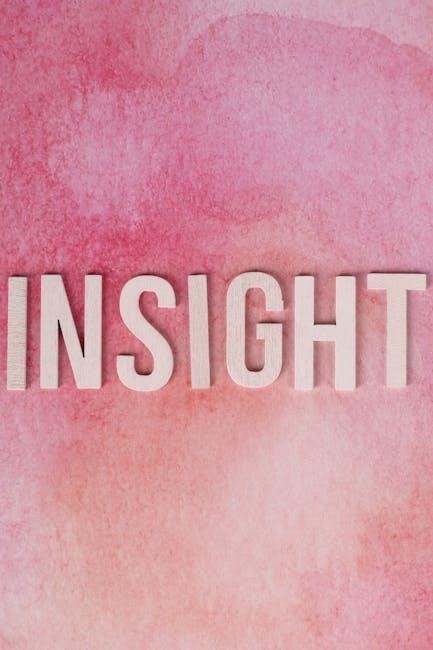
Challenges and Limitations of UDL
UDL implementation faces barriers like resource constraints, teacher training needs, and balancing personalization with standardization, requiring ongoing support and adaptability to address diverse learning challenges effectively.
Barriers to Implementation in Classrooms
Classroom implementation of UDL often encounters barriers such as limited resources, insufficient teacher training, and resistance to change. Additionally, balancing diverse student needs with standardized curricula can be challenging. Time constraints and lack of support from institutions further hinder effective UDL integration. Addressing these barriers requires professional development, resource allocation, and fostering a collaborative environment to ensure educators feel equipped and supported in applying UDL principles effectively.
Balancing Personalization with Standardization
Balancing personalization with standardization in UDL involves tailoring learning experiences to individual needs while maintaining academic rigor and consistency. Educators must design flexible curricula that accommodate diverse learners without compromising learning outcomes. Strategies include using modular lesson plans, incorporating choice boards, and leveraging technology to differentiate instruction. Standardized assessments can be adapted to various learning styles, ensuring fairness and equity. This balance requires intentional planning, collaboration, and ongoing professional development to meet the needs of all students effectively.
Evaluating the Effectiveness of UDL Strategies
Evaluating UDL strategies involves assessing their impact on student engagement, learning outcomes, and accessibility. Educators use data such as student performance metrics, feedback surveys, and observational studies to measure effectiveness. Standardized assessments and progress monitoring tools help identify if diverse learners’ needs are met. Feedback from educators and students provides insights into the practicality and adaptability of UDL approaches. Continuous improvement cycles ensure strategies remain effective and relevant, addressing barriers and enhancing overall educational equity. This iterative process supports data-driven decision-making to refine and scale successful UDL practices across various learning environments.

Future Directions and Innovations in UDL
Future advancements in UDL will focus on integrating emerging technologies, expanding research, and promoting global adoption, ensuring equitable and culturally adaptable learning experiences for all students worldwide.
Emerging Technologies and UDL

Emerging technologies like AI, VR, and adaptive learning platforms are revolutionizing UDL by offering personalized, immersive, and accessible learning experiences. These tools enable real-time data analysis to tailor instruction to individual needs, enhancing engagement and outcomes. Integrating these technologies with UDL principles ensures that all learners, regardless of abilities, can access meaningful content. Innovations in assistive technologies, such as speech-to-text and multimedia representations, further expand accessibility. By leveraging these advancements, educators can create dynamic, inclusive environments that empower diverse learners to thrive, aligning with UDL’s core mission of equity and flexibility in education.
Research and Development in UDL Practices
Research in UDL focuses on understanding how educators’ beliefs, knowledge, and practices evolve when implementing its principles. Studies explore the impact of design research methodologies on teacher development, revealing how UDL fosters inclusive education. Findings highlight the importance of empathy and learner-centered designs in curriculum development. Ongoing research investigates the effectiveness of UDL frameworks in diverse educational settings, emphasizing the role of technology and assistive tools. Collaborative efforts between educators and researchers continue to refine UDL practices, ensuring they remain responsive to learner needs and aligned with global educational goals, ultimately enhancing the accessibility and quality of education for all.
Global Adoption and Cultural Adaptations of UDL
UDL is gaining traction worldwide, with educators and policymakers adapting its principles to diverse cultural and educational contexts. Research highlights successful implementations in various countries, demonstrating UDL’s flexibility in addressing local learning needs. Cultural adaptations involve tailoring UDL frameworks to align with regional educational priorities and values. For instance, some regions emphasize collaborative learning, while others focus on technology integration. Global collaboration among educators and researchers fosters cross-cultural insights, enriching UDL practices. This adaptation ensures UDL remains a universal yet contextually relevant approach, promoting equitable education across borders and fostering a global community committed to inclusive learning environments.
Universal Design for Learning (UDL) revolutionizes education by fostering inclusivity, engagement, and accessibility for all learners, ensuring equitable opportunities and improved outcomes through flexible, research-backed strategies.
Summarizing the Importance of UDL
Universal Design for Learning (UDL) is a critical framework that creates inclusive and flexible learning environments, addressing diverse student needs through scientifically backed principles. By providing multiple means of engagement, representation, and expression, UDL ensures equitable learning opportunities for all. It emphasizes empathy and understanding in curriculum design, empowering educators to meet individual differences effectively. UDL not only enhances accessibility but also improves overall learning outcomes, making it a cornerstone for modern, student-centered education. Its focus on flexibility and inclusivity aligns with the growing need for adaptable educational strategies in a diverse world.
Call to Action for Educators and Policymakers
Educators and policymakers must embrace Universal Design for Learning (UDL) to create inclusive, equitable learning environments. By integrating UDL principles into curriculum design and classroom practices, educators can ensure all students have access to engaging, meaningful learning experiences. Policymakers should allocate resources to support UDL implementation, providing professional development and tools for educators. Together, stakeholders can foster a culture of accessibility and innovation, ensuring no learner is left behind. Committing to UDL is a commitment to empowering diverse learners and building a more inclusive education system for future generations.
Leave a Reply
You must be logged in to post a comment.